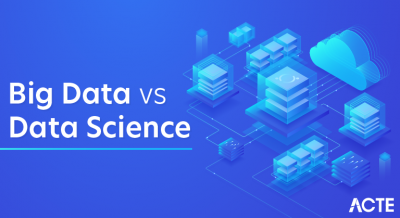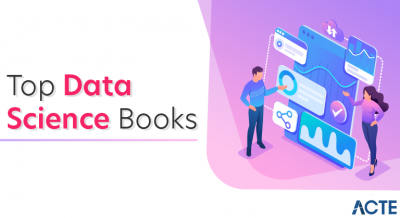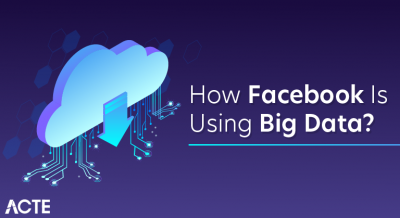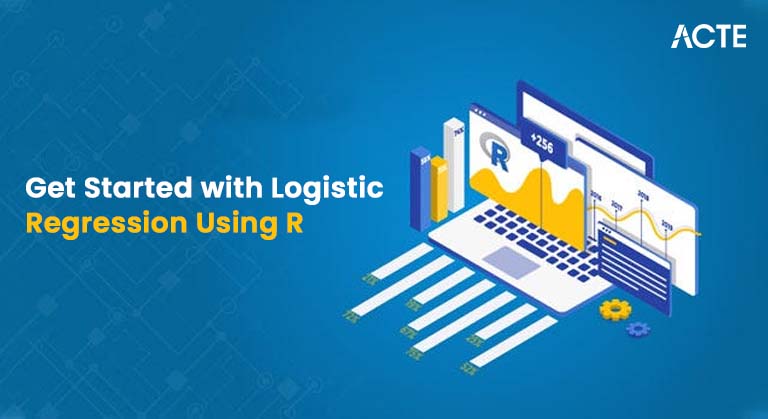
- Introduction to Logistic Regression
- Why Logistic Regression Using R ?
- Prerequisites and Setup
- Data Cleaning and Preprocessing
- Implementing and Evaluating Logistic Regression Model
- Visualizing Results
- Tuning and Optimizing the Model
- Real-World Use Cases
- Common Pitfalls and Solutions
- Best Practices in Logistic Regression
Introduction to Logistic Regression
Logistic regression is a statistical method used for binary classification problems where the outcome variable has two possible values (e.g., yes/no, success/failure). Data Science Course Training estimates the probability of an event occurring by applying a logistic function to the linear combination of input variables. Unlike linear regression, which predicts continuous values, logistic regression predicts the probability of categorical outcomes. It is widely used in finance, healthcare, marketing, and machine learning applications, such as fraud detection, disease diagnosis, and customer segmentation.
Why Logistic Regression Using R ?
R is a powerful programming language for statistical analysis and data visualization, making it ideal for logistic regression. It offers built-in functions and packages for efficiently performing logistic regression and evaluating model performance. The flexibility and efficiency of R’s libraries, such as lm(), caret, and ggplot2, enable users to build, tune, and visualize logistic regression models. R also provides extensive statistical functions and data visualization capabilities, making Data Science Applications a preferred tool for data scientists and statisticians. Additionally, R supports seamless integration with external data sources, allowing for dynamic data analysis. Its active community and vast library ecosystem ensure continuous support and innovation. With its open-source nature, R remains a cost-effective solution for advanced data modeling and machine learning tasks.
Learn the fundamentals of Data Science with this Data Science Online Course .
Prerequisites and Setup
Before you begin building a logistic curve regression model in R, follow these essential steps to set up your environment:
- Install R and RStudio: Ensure that both R and RStudio are installed on your computer. RStudio provides a more user-friendly interface for working with R.
- Install Required Libraries: You will need the following libraries to streamline data manipulation, data visualization, and model evaluation
- Install the Libraries: Run the following commands in your R console to install the required libraries
- Load the Libraries: After installation, load the libraries into your R session using the following commands
- Verify Installation: Data Analytics Tools a good idea to check if the libraries are successfully installed by running library() commands and ensuring there are no errors.
- Data File: Ensure you have a dataset ready for analysis. It should be in a format such as CSV or Excel, which can be read into R using read.csv() or similar functions.
- Check R Version: Make sure your version of R is up-to-date to avoid compatibility issues with newer libraries or functions.
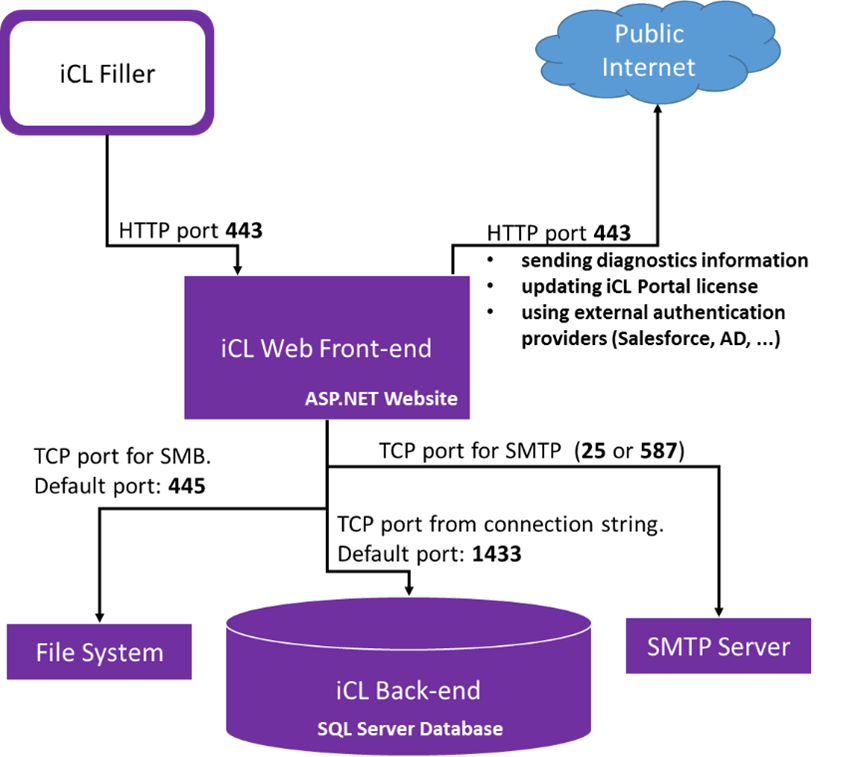
Data Cleaning and Preprocessing
Preprocessing involves several key steps to ensure that the data is clean and ready for logistic regression, programming language steps ensure that your data visualization is prepared for building a robust logistic regression.
- Handling Missing Values: Missing data can skew your analysis, so it’s important to handle it appropriately. You can remove rows with missing values using the na.omit() function:
- Encoding Categorical Variables: Logistic regression requires that all variables be numeric, so categorical variables need to be converted to factors. For example, convert the target variable into a factor:
- Splitting the Data: The dataset is divided into training and testing sets, ensuring that the model can be Discover the Best AI Tools for 2025 Writing and Editing on one portion of the data and tested on another. This can be done using the sample.split() function:
- Healthcare: Predicting whether a patient is likely to have a disease based on symptoms.
- Finance: Credit scoring models to classify loan applicants as defaulters or non-defaulters.
- Marketing: Customer segmentation models to classify buyers and non-buyers.
- E-commerce: Predicting the likelihood of a customer making a purchase.
- Feature selection: Include only relevant and significant Data Science Course Training to avoid overfitting.
- Model validation: Use cross-validation to assess model performance on different subsets.
- Interpretability: Interpret the coefficients and their impact on the target variable.
- Visualization: Use plots to understand the relationship between predictors and outcomes.
- Model refinement: Continuously refine the model by removing redundant features and tuning Finance.
Dive into Data Science by enrolling in this Data Science Online Course today.
Implementing and Evaluating Logistic Regression Model
To implement a logistic curve regression model, the glm() function is used, where the family = binomial argument specifies that we are performing logistic regression. After fitting the model, the summary() function provides valuable insights, including the coefficients, significance levels, and other important model statistics. Healthcare helps in understanding how each predictor influences the target variable. Once the model is built, the next step is to evaluate its performance. Predictions are made on the test data scientists using the predict() function, with type = “response” to get probabilities. Data Mining and Data Warehousing probabilities are then converted into predicted classes (0 or 1) by using a threshold of 0.5. A confusion matrix is generated to assess the model’s ability to classify correctly, allowing you to calculate key metrics such as accuracy, precision, recall, and F1 score. To further evaluate the model, the ROC curve is plotted using the pROC package, which illustrates the trade-off between sensitivity and specificity. The Area Under the Curve (AUC) is calculated, providing a measure of how well the model distinguishes between the classes. All these steps collectively give a thorough understanding of how well the logistic regression model performs and where improvements may be necessary.
Visualizing Results
Visualization plays a crucial role in interpreting the performance of your model. Below are key visualizations that help evaluate the results of your Logistic Regression Using R, Plotting the Logistic Curve, Data Science Course Training helps visualize how well the logistic regression model fits the data. You can plot the relationship between the predictor and the target, and the logistic curve will show the model’s probability predictions. Confusion Matrix Heatmap: A heatmap of the confusion matrix allows for a clear visual representation of how well the model is programming language in terms of true positives, false positives, true negatives, and false negatives. Probability Distribution: A histogram of predicted probabilities shows how the model is distributing the predicted probabilities across Healthcare instances, which can help assess the calibration of the model.
Take charge of your Data Science career by enrolling in ACTE’s Data Science Master Program Training Course today!
Tuning and Optimizing the Model
To improve your model’s performance, hyperparameter tuning is essential. One way to achieve this is by using the Caret package, which allows for cross-validation and optimal hyperparameter selection. Cross-validation helps to evaluate the model’s performance on different subsets of the data scientists, reducing the risk of overfitting and ensuring that the model generalizes well to new data. Additionally, Natural Language Processing important to evaluate the significance of variables. By examining the p-values in the model summary, you can identify and remove insignificant variables that may contribute to overfitting. This step streamlines the model and improves its efficiency, ensuring that only the most important predictors are retained.
Real-World Use Cases
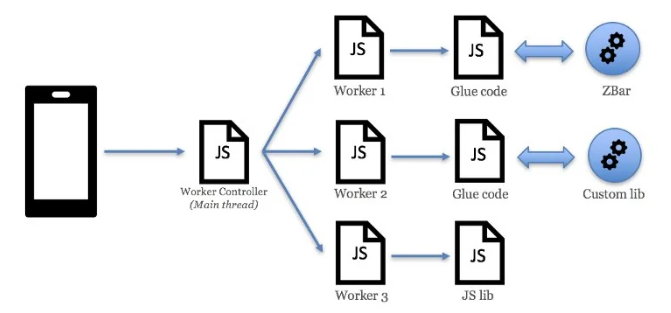
Logistic regression is widely used across industries:
Want to ace your Data Science interview? Read our blog on Data Science Interview Questions and Answers now!
Common Pitfalls and Solutions
In building predictive models, there are several common pitfalls to be aware of: Multicollinearity: When predictors are highly correlated, it can negatively impact the model’s accuracy by inflating standard errors of the coefficients. To detect and remove multicollinearity, you can use the Variance Inflation Factor (VIF). Class Imbalance: When one class dominates the data scientists, accuracy metrics can become misleading. To address Subjects in Data Science, you can use techniques like SMOTE (Synthetic Minority Over-sampling Technique) or up-sampling to balance the classes. Overfitting: Overfitting occurs when the model learns noise in the training data, reducing its ability to generalize to new data. To avoid Common Pitfalls, you can apply regularization (L1 or L2 penalties) and use cross-validation.

